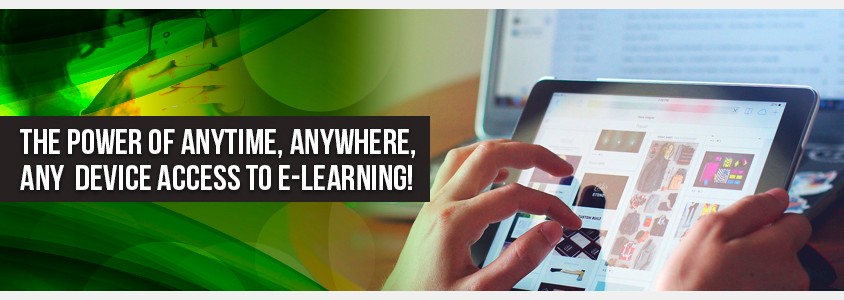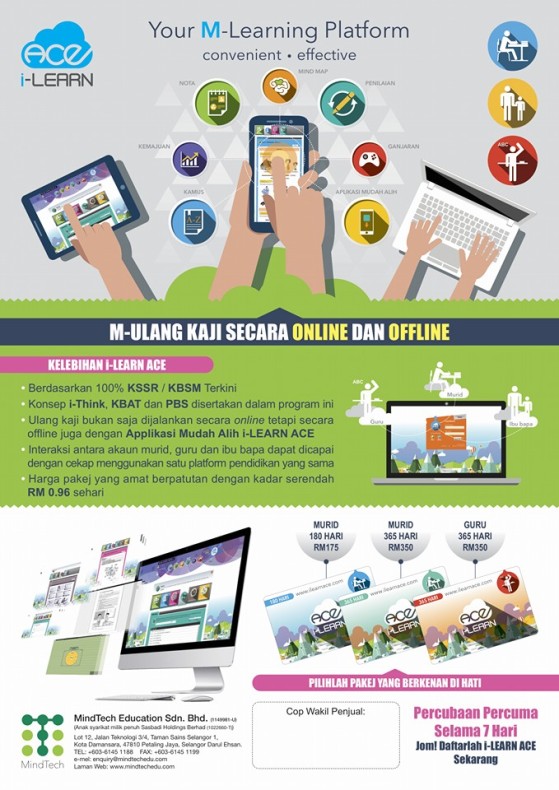
There was a time roughly 10 years ago or so when the concept of elearning was pretty straight-forward.
Whenever someone mentioned “elearning” you generally knew what they were referring to.
Today it’s not so black and white.
Mobile devices like smartphones and tablets have had a significant influence on the elearning industry – in some circles it is referred to as an entirely separate entity: mobile learning (or mlearning).
This is where there is some confusion.
There are industry professionals who recognize the existence and unique differences of mobile learning, but then they still use the term “elearning” in an all encompassing manner.
I am very much guilty of this, often changing vernacular depending on the audience. For all intents and purposes I think it’s fine to group mlearning with elearning. When you boil it down, mobile learning is technically just a form of elearning.
However, it is still important to recognize the differences of mlearning and elearning because they do in fact exist.
Mobile learning is almost always a key consideration for any elearning program. Gone are the days when you only would develop for one device (i.e. desktops or laptops).
Every course you create needs to be accessible across a multitude of devices, browsers, and operating systems.
This is one of the reasons why developing elearning takes a considerable more amount of time compared to creating in-person training programs.
Shift ELearning has developed an infographic that gives a quick “snapshot” with regards to the primary differences between elearning and mlearning.
Specifically, they identified four areas where these two forms of learning differ:
Purpose
Medium of delivery
Design
Duration
I find the last one intriguing as I have never seen duration be a defining factor between the two. It’s an interesting take.
Medium of delivery
Design
Duration
I find the last one intriguing as I have never seen duration be a defining factor between the two. It’s an interesting take.
Perhaps you can think of other defining factors between elearning and mlearning




